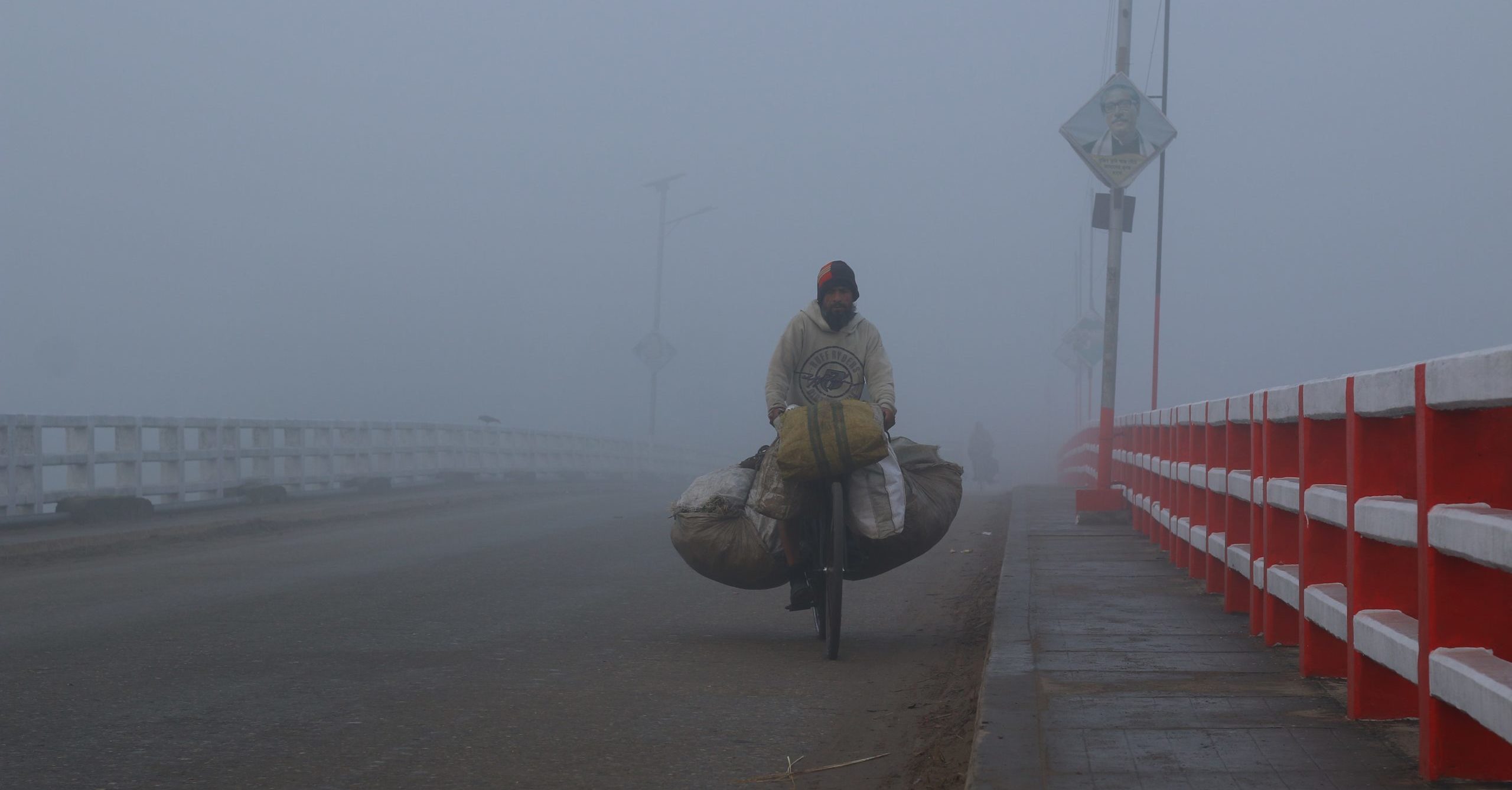Published by State of Global Air
Most of the world’s population lives in areas where air quality is unhealthy. An estimated 95% of people live in areas where ambient (outdoor) fine particulate matter concentrations (small dust or soot particles in the air) exceed the World Health Organization’s Air Quality Guideline of 10 µg/m3. Almost 60% live in areas where fine particulate matter exceeds even the least stringent WHO interim air quality target of 35 µg/m3.
Air pollution is a complex mixture of particles and gases. Fine particulate matter (PM2.5) is often measured as an indicator of ambient (outdoor) pollution levels. Ozone, a harmful gas, is also an important measure of ambient air pollution. The levels and composition of these pollutants vary from place to place, depending on what sources are present (e.g., power plants, heavy industry, traffic, and the household burning of solid fuels), weather conditions, and how they mix in the atmosphere. See What are the major sources of outdoor air pollution? for more information.


Average annual population-weighted PM2.5 concentrations in 2015. Source: State of Global Air 2017
In addition, over a third of the world’s population is also exposed to household air pollution from the burning of solid fuels for cooking and heating in the home. For them, fine particulate matter levels in the home can exceed the air quality guidelines by as much as 20 times. The estimated combined toll from all forms of air pollution (fine particulate matter, ozone, and household, see below) can be substantial. […]
Read the article:
How clean is the air you breathe?


